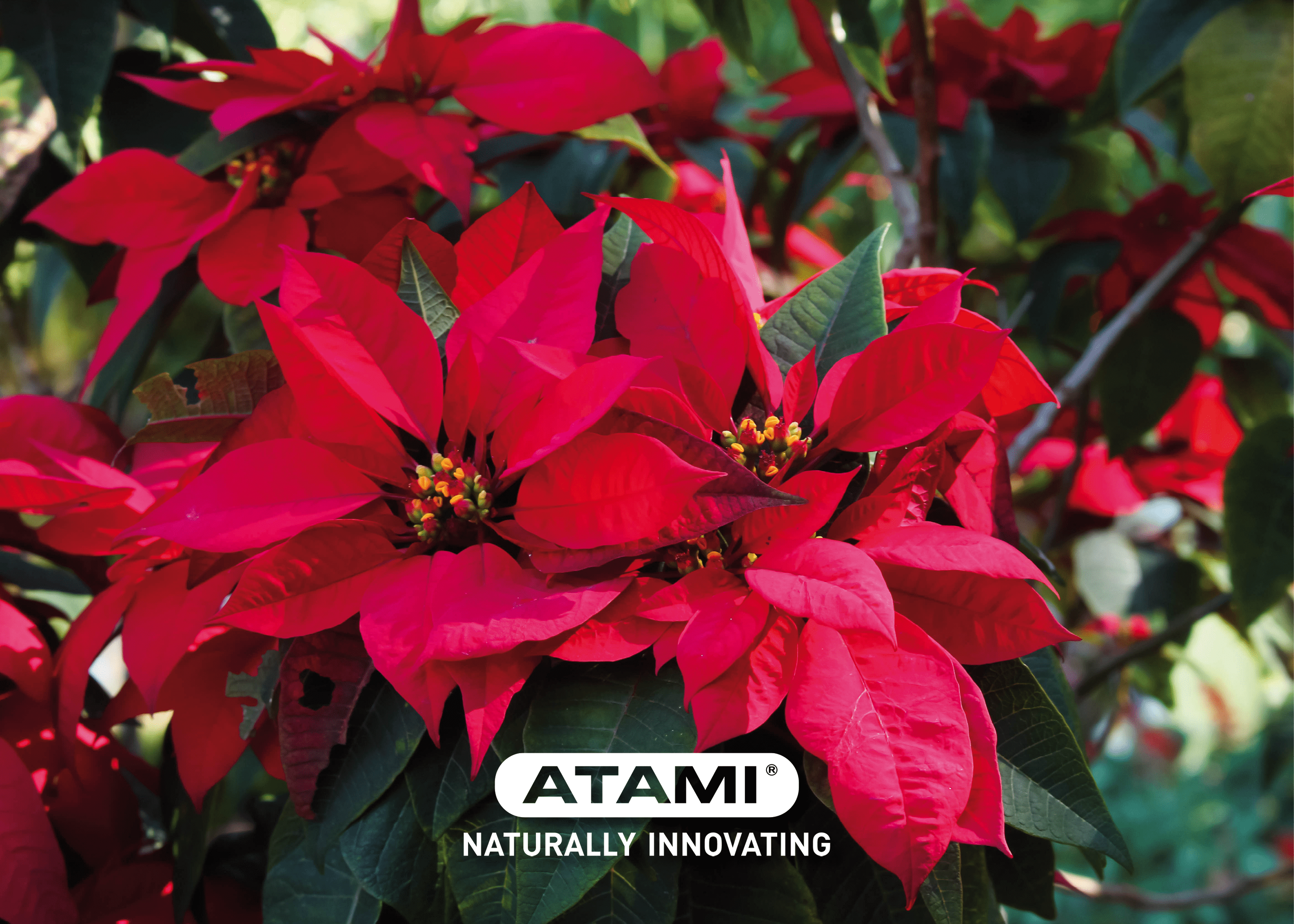Imagine a nightmare scenario for any cultivator: poor yields, small and scentless flowers, deformed and yellowing leaves, stunted and fragile plants. Unfortunately, this is not a fiction but a reality that has haunted many North American licensed producers in recent years. The culprit behind this agricultural horror story? The hop latent viroid, also known as HLVd or HpLVd which causes dudding’s disease in hemp. Join us as we explore this new threat to hemp cultivation and learn how to safeguard your crop.

Understanding the Hop Latent Viroid (HLVd) and Its Implications:
Viroids, the simplest known infectious agents, exclusively target plants. Structurally composed of a single molecule—RNA, a type of genetic material—they lack proteins and aren’t considered living entities. With around 300 viroids that specifically infect plants, their selectivity is remarkable. Each type of viroid infects exclusively a certain type of plant, or plants, within the same genus.
One such viroid is the hop latent viroid (HLVd), originally affecting hop plants worldwide. However, it has now become a significant concern for hemp cultivators. Due to the close botanical relationship between hop and hemp, the viroid’s resources for infecting one type of plant are useful for infecting the other because of their similarity.

Sadly, infection rates in cannabis plants have skyrocketed in the USA and Canada. Especially in the state of California, where a 2021 survey made with 200,000 tissue tests found that around 90% of hemp crops have already suffered from this infestation. This issue transcends borders, spreading rapidly to regions like South America and Europe, fueled by globalisation.
Impact on Hemp:
While most HLVd-infected plants remain asymptomatic, research on hop plants has shown a decrease in both alpha-bitter acids and terpene content in hop cones, affecting their economic value.
Unfortunately, the same is true for hemp plants. Plants affected by HLVd often produce lower yields and the harvest is of poorer quality. This is due to a reduction of up to 50% in the production of cannabinoids and terpenes.
With smaller and less compact flowers, poor aromas and less trichome production, the economic loss can be massive, as shown by another survey by Dark Heart Nursery Research which estimates that this disease can cause losses of up to 4 billion dollars per year for this industry.

Identifying HLVd Infection and Symptoms:
Although once we detect the symptoms it will be too late for that plant, by doing so we can save the rest of our crop.
HLVd systematically moves through the plant’s phloem over approximately six weeks. So, detecting it early is challenging as symptoms appear on leaves after the roots are already infected, leading to widespread infection throughout the plant, but these are the symptoms we should look for:
- Shorter internodal spacing, stunted growth, less vigorous and brittle stems, overall weaker plant.
- Lower water, so also nutrient, uptake, which also contributes to this poor development.
- As for the leaves, smaller leaves, not well developed and also, chlorosis can be seen where the infection is spreading.

Recognizing an HLVd infection becomes particularly evident during the flowering stage, when obviously it’s too late.
Indeed, the concentration of detectable viroid is higher during this phase compared to the vegetative stage. Although researchers are still unravelling the mystery behind this phenomenon, one of the main hypotheses is that increased plant stress may play a role.

As in the vegetative phase, HLVd-infected plants at flowering are smaller than healthy ones. In addition, they may show unexpected yellowing of leaves near the buds, reflecting the scenario depicted in the attached photo.

Preventing HLVd Infection:
STEP 1 – Inspection: Regularly check all incoming plants and products for potential HLVd contamination. Analysing plants for HLVd contaminants before introducing them to the facility is a crucial preventive measure.

STEP 2 – Quarantine: Implement a 30-day quarantine for newly received plants to assess potential plant pathogens. Since HLVd infection is often asymptomatic in many hemp cultivars, analysing new plants during the third week of quarantine is recommended.
STEP 3 – Sterile Environment and Tool Disinfection: HLVd primarily spreads through cuttings, contaminated tools, and mechanical means. Using a 10% bleach solution is a well-known practice to clean tools and eliminate the viroid, reducing the risk of spread.

STEP 4 – Affected Plant Material Removal: Given the lack of control measures for viroid-associated diseases, timely identification and removal of infected plants are crucial. The absence of visible symptoms challenges cultivators to contain these viroids effectively.
Can an HLVd-Infected Plant be Cured?
Unfortunately, the answer is no.
Viroids are not like pests that can be eliminated. Since they are not alive, they cannot be killed. The only way to rid your crop of the infection is to eliminate any plant or plant material, including cuttings, seeds, or flowers, originating from infected plants. Thoroughly disinfect all equipment and materials, as outlined earlier, to prevent further spread.
To sum up everything…
As cultivators, staying informed and implementing stringent preventive measures is key to safeguarding your crops against the increasing threat of HLVd. By adopting a proactive approach and following these guidelines, you can fortify your cultivation practices and ensure a thriving harvest. Happy growing!
*This content is intended for educational and entertainment purposes ONLY.
We DO NOT endorse or promote illegal activities related to cannabis.
Please adhere to the laws and regulations of your jurisdiction regarding cannabis use.
Sources:
https://www.youtube.com/watch?v=xQTRWQuUCzY&ab_channel=MedicinalGenomics
https://medicinalgenomics.com/hop-latent-viroid-in-cannabis/
https://stratcann.com/insight/the-hop-latent-viroids-warning-shot-to-the-canadian-cannabis-industry/
https://www.mdpi.com/1999-4915/15/3/681#
https://phylos.bio/blog/hop-latent-viroid-discovery-in-cannabis
Dark Heart Nursery Research Survey: https://www.cannabisbusinesstimes.com/news/cannabis-hop-latent-viroid-infections-dark-heart-nursery-crop-loss/










